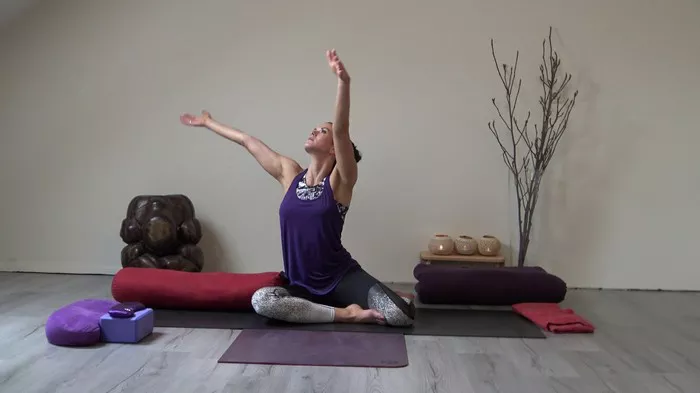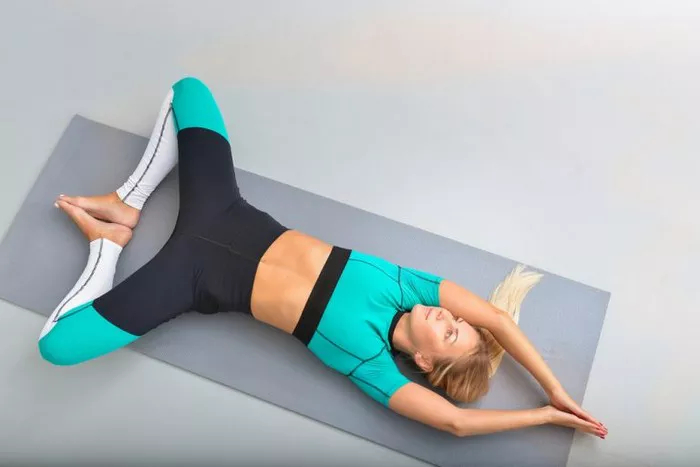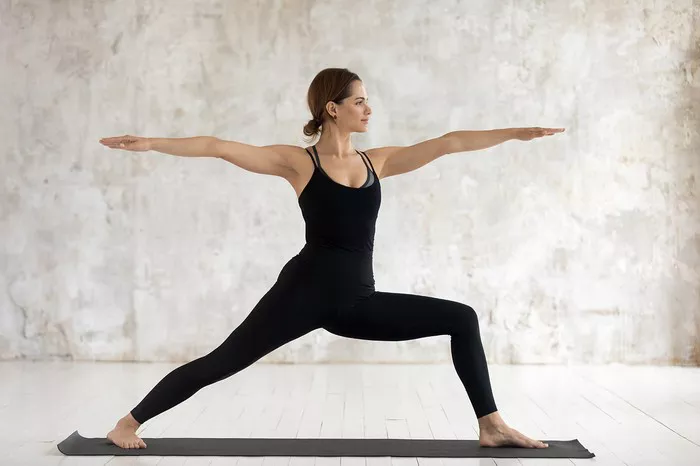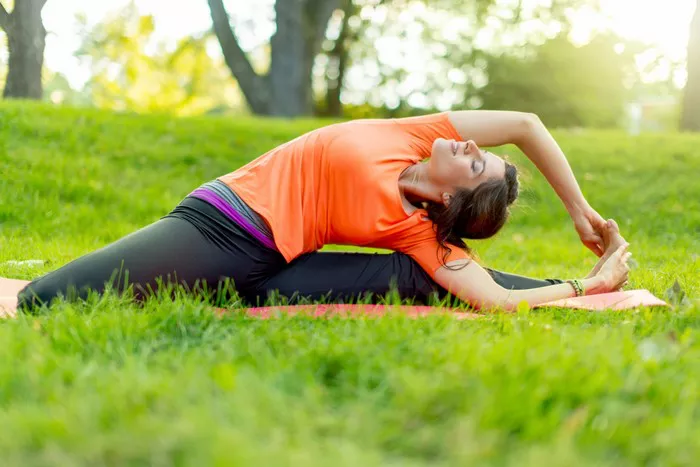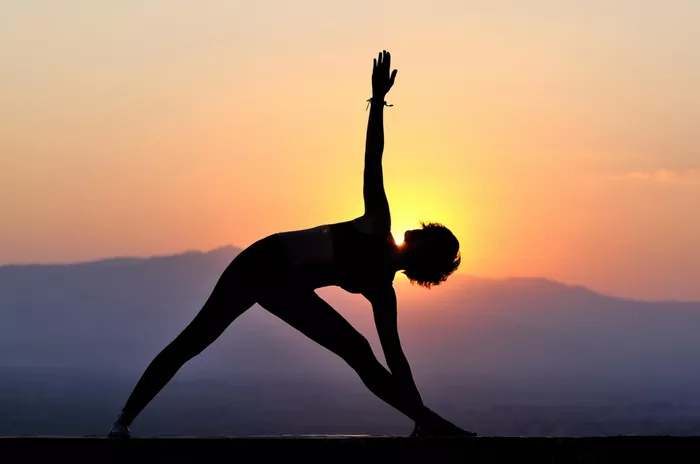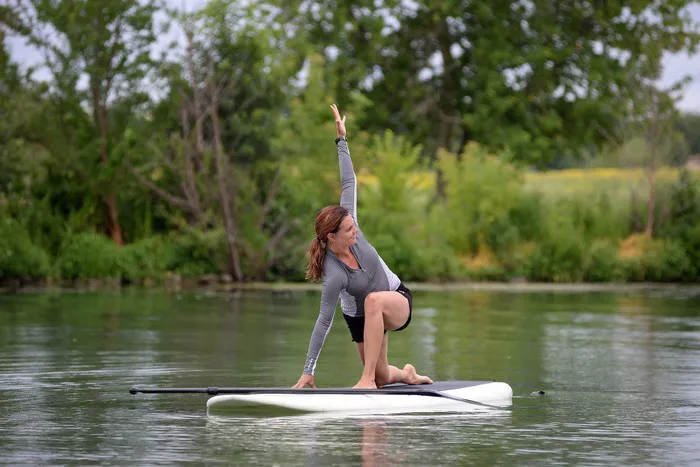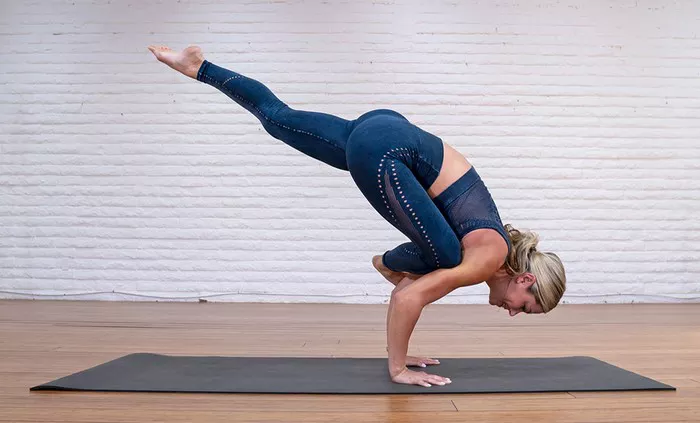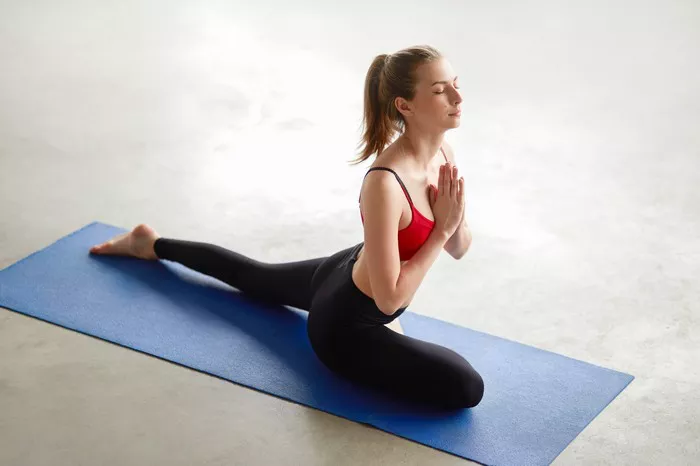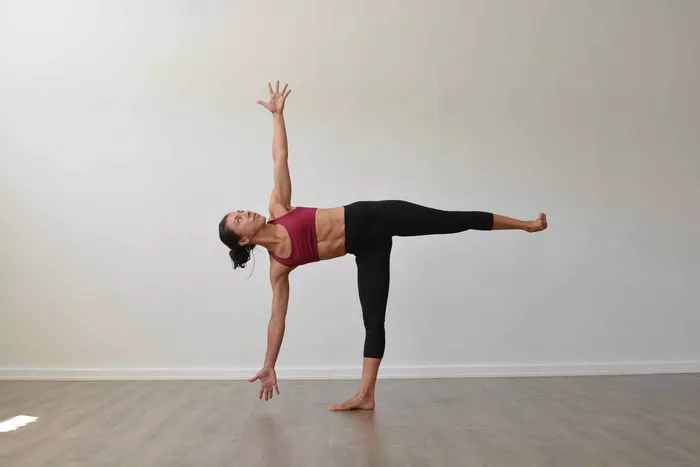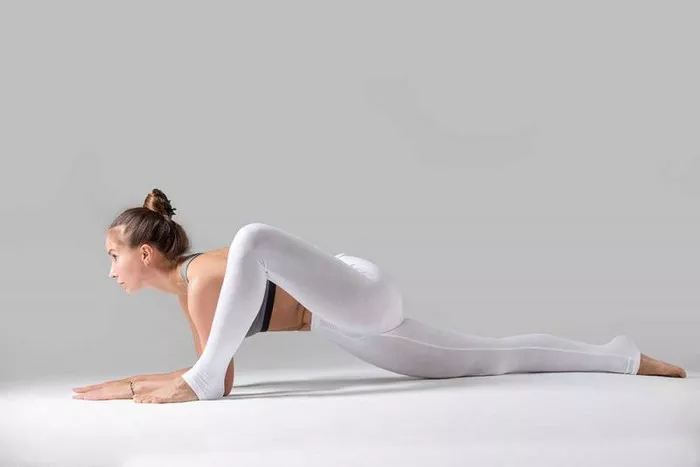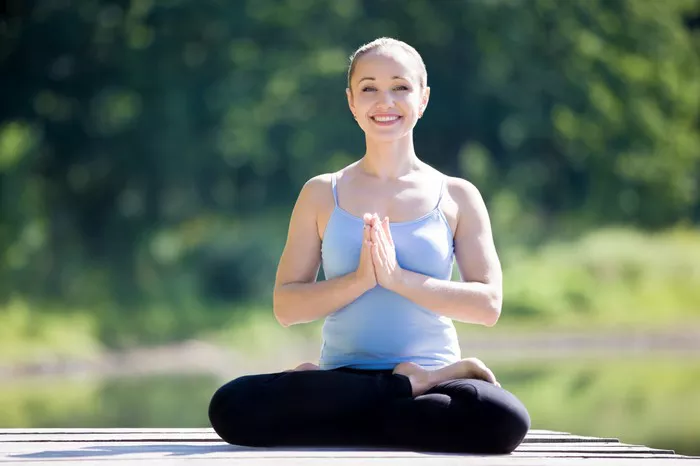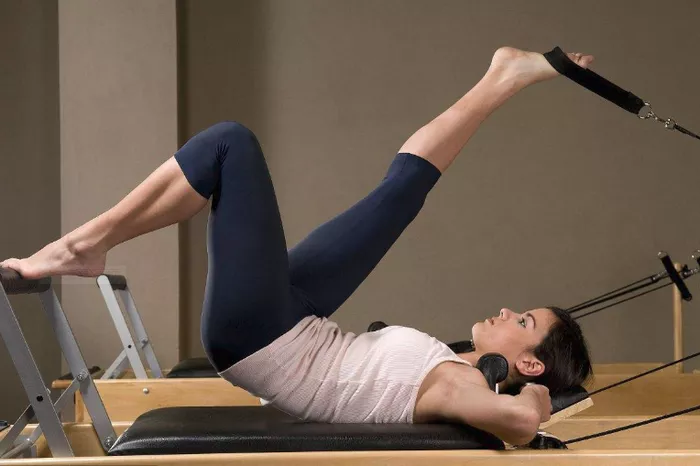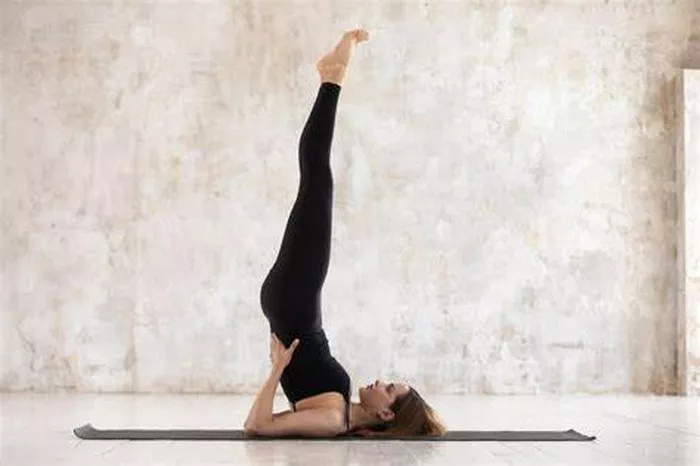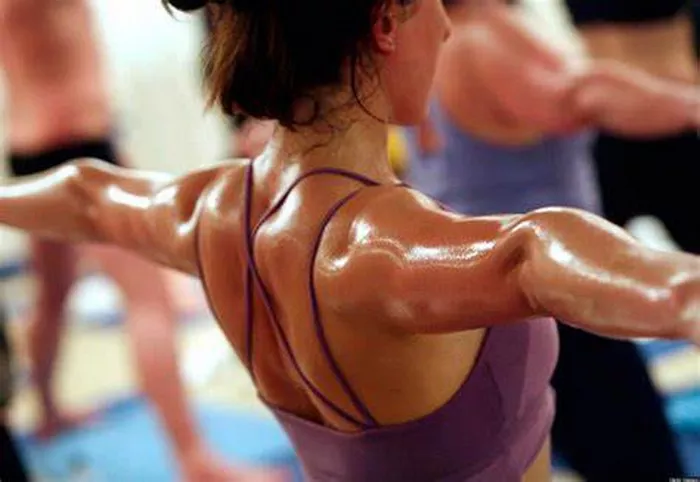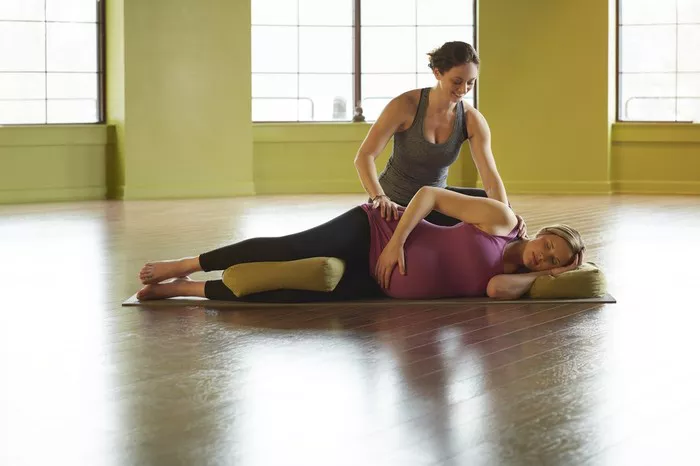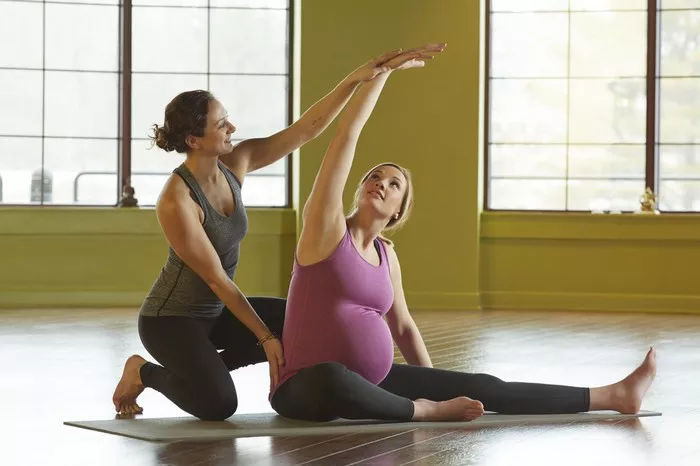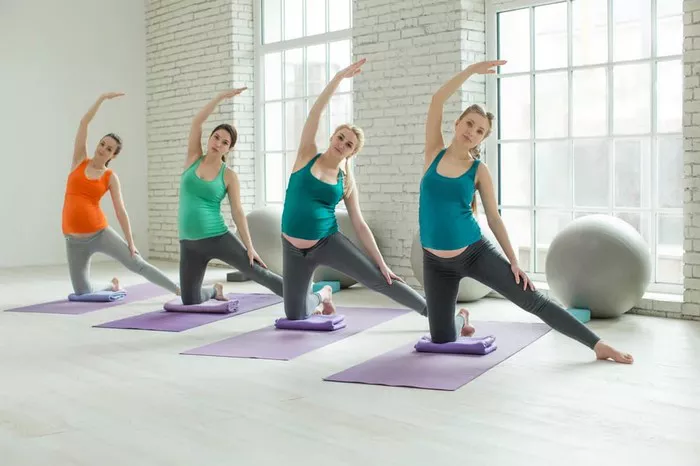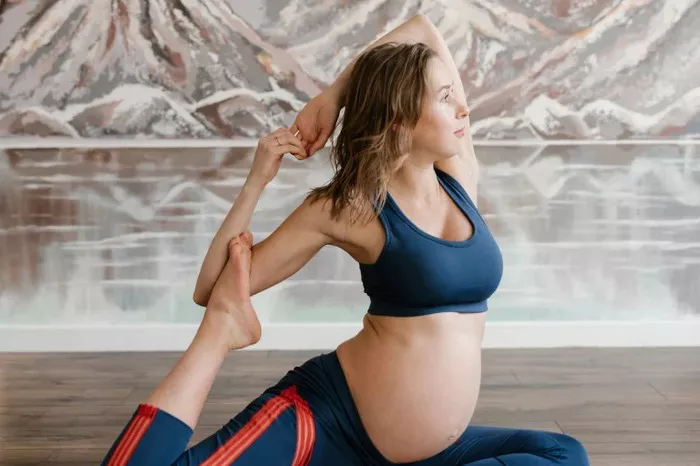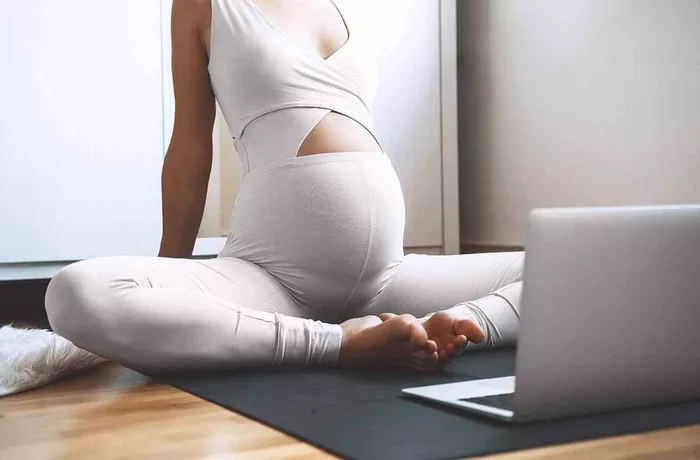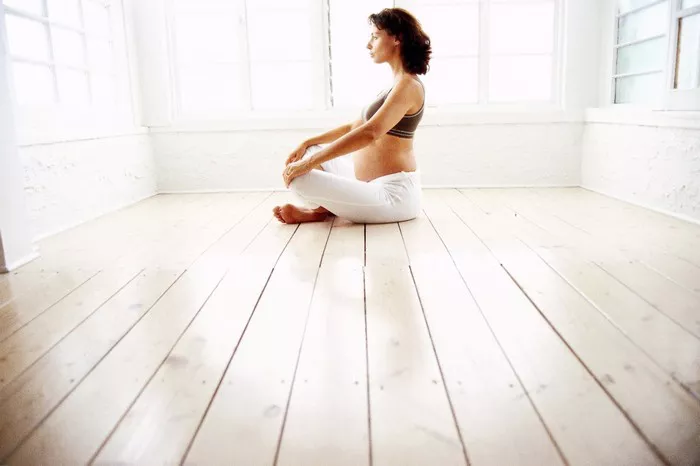Origins and Symbolism
Yoga, an ancient practice originating in India, encompasses a rich tapestry of poses, each with its own unique origins and symbolism. Among these is the graceful and grounding Deer Pose, known in Sanskrit as “Mrigasana.” The name “Mriga” translates to deer, reflecting the pose’s resemblance to the gentle yet alert stance of a deer in the forest.
Deer Pose embodies qualities associated with the deer, such as grace, agility, and alertness. In Hindu mythology, the deer is often portrayed as a symbol of gentleness, innocence, and spiritual wisdom. Practicing Deer Pose can evoke these qualities within oneself, fostering a sense of tranquility, mindfulness, and connection with nature.
Physical and Mental Benefits
Beyond its symbolic significance, Deer Pose offers a myriad of physical and mental benefits. From enhancing flexibility to calming the mind, this pose serves as a powerful tool for holistic well-being.
1. Improved Flexibility: Deer Pose primarily targets the hips, thighs, and groin, promoting flexibility and mobility in these areas. By gently stretching and opening the hip joints, it helps alleviate tension and stiffness, especially for individuals with sedentary lifestyles or those who sit for extended periods.
2. Stress Relief: The deep, mindful breathing practiced in Deer Pose calms the nervous system, reducing stress and anxiety. As the body releases tension held in the hips, a sense of relaxation permeates the entire being, fostering mental clarity and emotional balance.
3. Enhanced Concentration: Holding Deer Pose requires focus and concentration, as it demands balance and stability. By cultivating mindfulness and presence on the mat, practitioners can carry this heightened awareness into their daily lives, improving cognitive function and productivity.
4. Strengthened Lower Body: While Deer Pose is primarily a stretching posture, it also engages the muscles of the lower body, including the quadriceps, hamstrings, and glutes. Regular practice strengthens these muscles, improving stability and alignment, and reducing the risk of injuries.
5. Energetic Alignment: In yoga philosophy, the hips are considered a storehouse of emotions and energy. By releasing tension in the hip area, Deer Pose helps balance the Svadhisthana (sacral) chakra, which governs creativity, emotions, and sensuality. This energetic alignment can promote feelings of vitality, creativity, and emotional well-being.
Variations and Modifications
As with any yoga pose, Deer Pose can be modified to suit individual needs and abilities. Variations and modifications allow practitioners to adapt the pose according to their level of flexibility, strength, and any existing injuries or limitations.
1. Supported Deer Pose: For individuals with limited flexibility or tight hips, placing a folded blanket or bolster beneath the hips provides support and reduces strain. This modification allows practitioners to comfortably relax into the pose while still experiencing its benefits.
2. Half Deer Pose: In Half Deer Pose, one leg is extended straight behind the body while the other leg remains bent in a kneeling position. This variation offers a gentler stretch for the hips and thighs, making it suitable for beginners or those with hip injuries.
3. Advanced Variation – Reclining Deer Pose: For experienced practitioners seeking a deeper stretch, Reclining Deer Pose can be practiced. In this variation, the torso is reclined backward, with the back supported by the floor or a bolster. This variation intensifies the hip opening and can be particularly beneficial for individuals working to release deep-seated tension in the hip area.
4. Dynamic Deer Pose Flow: To add movement and fluidity to the practice, Deer Pose can be incorporated into a dynamic flow sequence. Moving in and out of the pose with each breath enhances circulation, increases warmth in the body, and promotes a sense of vitality and flow.
Step-by-Step Instructions
Practicing Deer Pose mindfully and with proper alignment is essential to maximize its benefits and prevent injury. Follow these step-by-step instructions to explore the serenity of Deer Pose:
1. Begin in a comfortable seated position, such as Sukhasana (Easy Pose), with the spine tall and the shoulders relaxed. Take a few deep breaths to center yourself and cultivate awareness.
2. Shift your weight onto your right hip and bend your knees, bringing the soles of your feet to the mat. Ensure that your left knee is directly in line with your left hip and your left foot is in line with your right knee.
3. Gently slide your left foot back, keeping the knee bent at a 90-degree angle. The top of your left foot should rest on the mat, with the toes pointing backward.
4. Inhale deeply and lengthen through the spine, lifting the chest and rolling the shoulders back. Keep the pelvis squared and the hips level, avoiding any tilting or rotation.
5. Exhale slowly as you begin to hinge forward from the hips, maintaining a long spine. Walk your hands forward on the mat, extending your arms in front of you.
6. Pause when you feel a comfortable stretch in the right hip and thigh. Avoid forcing the stretch and listen to your body’s limits. If necessary, use props such as blocks or bolsters for support.
7. Stay in Deer Pose for 5-10 breaths, maintaining steady breathing and softening any areas of tension. With each exhale, allow yourself to sink deeper into the pose, surrendering to the sensation of opening and release.
8. To release the pose, gently walk your hands back, straighten your arms, and slowly lift your torso upright. Return to a seated position and pause for a moment to observe any changes in your body and mind.
9. Repeat the pose on the opposite side, switching the position of your legs to ensure balance and symmetry in the body.
Precautions and Contraindications
While Deer Pose offers numerous benefits, it may not be suitable for everyone. Individuals with certain medical conditions or injuries should approach this pose with caution or avoid it altogether. Consider the following precautions and contraindications before practicing Deer Pose:
1. Knee or Hip Injuries: If you have a knee or hip injury, consult with a healthcare professional before attempting Deer Pose. Depending on the severity of the injury, modifications or alternative poses may be necessary to avoid exacerbating pain or discomfort.
2. Pregnancy: Pregnant individuals should practice Deer Pose with caution, especially during the later stages of pregnancy. Avoid deep stretches or excessive pressure on the abdomen, and listen to your body’s signals. Consider practicing supported variations or consulting with a prenatal yoga instructor for guidance.
3. High Blood Pressure: Individuals with high blood pressure should approach forward folds such as Deer Pose with care. Avoid straining or holding the breath during the pose, and consider practicing gentle modifications to avoid sudden changes in blood pressure.
4. Recent Surgery: If you have undergone recent surgery, particularly in the hips or knees, consult with your surgeon or physical therapist before attempting Deer Pose. Wait until you have fully recovered and received clearance from your healthcare provider before resuming yoga practice.
5. Discomfort or Pain: While some sensation of stretching is normal in Deer Pose, avoid any sharp or shooting pain. If you experience discomfort beyond a gentle stretch, ease out of the pose and reassess your alignment. Honor your body’s limitations and modify the pose as needed to ensure a safe and comfortable practice.
Conclusion
In conclusion, Deer Pose offers a profound journey into the realms of physical, mental, and spiritual well-being. From its origins rooted in ancient yogic tradition to its symbolic resonance with the grace of the deer, this pose invites practitioners to cultivate mindfulness, flexibility, and inner peace. By exploring variations, practicing with intention, and honoring individual limitations, Deer Pose becomes not only a posture but a pathway to serenity and self-discovery on the yoga mat and beyond.
FAQs:
Is deer pose a hip opener?
Yes, Deer Pose is indeed a hip opener. The primary focus of this yoga posture is to stretch and open the hips, particularly targeting the hip flexors, groin, and outer thighs. By gently releasing tension in the hip area, Deer Pose promotes flexibility, mobility, and relaxation in the hips, making it an effective pose for improving hip flexibility and relieving tightness.
Is pigeon pose a hip opener?
Yes, Pigeon Pose is a well-known hip opener in yoga practice. This pose targets the outer hips, hip flexors, and groin, helping to release tension and increase flexibility in these areas. By stretching the muscles around the hip joint, Pigeon Pose can alleviate stiffness, improve hip mobility, and relieve discomfort caused by prolonged sitting or physical activity. Additionally, Pigeon Pose can also provide a deep stretch for the glutes and piriformis muscles, making it beneficial for addressing issues like sciatica and lower back pain.

